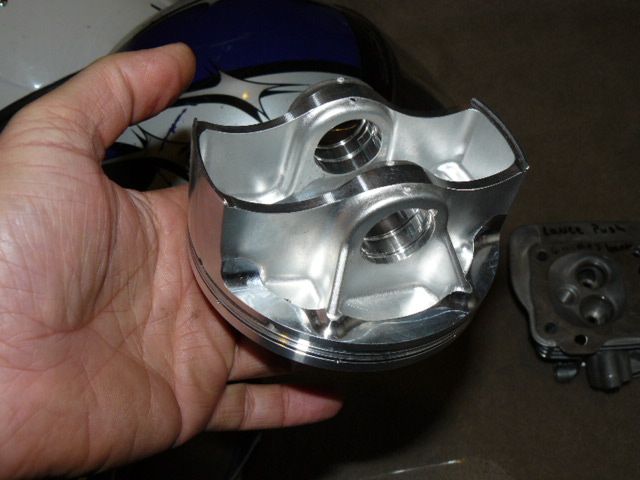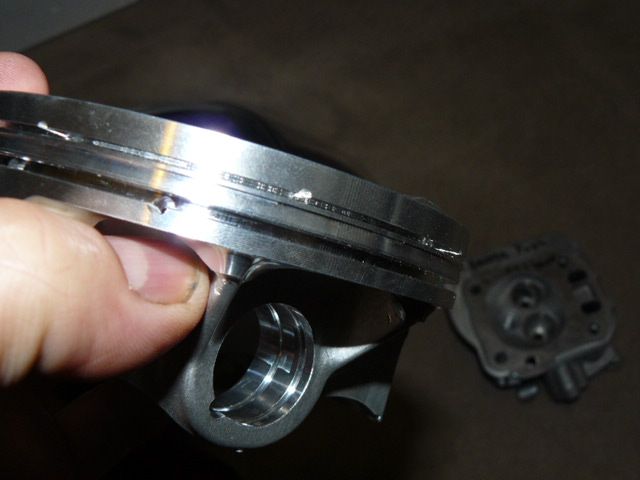There are some really informative post here and I always appreciate knowledgeable people sharing. I agree with PD on the gaps not being that important. The second ring should always be a larger gap. I agree with all that Brian offered up and find him to be a wealth of knowledge. I have not built a flathead but if I do, thanks Brian.
Going forward on the Circle Track article this is not a good comparison. When Randy Dorton was alive Nascar was allowing high compression ratios. They now limit the compression to 12 to 1 and Unleaded gas. The second ring is used primarily for oil control. Oil slipping by the rings causes detention. When the change away from the old 23 degree heads and very high compression ratios were possible I learned quickly that the cams had to be changed but equally, the oil control became critical. I added the second ring, valve seals, widened cam centerline and later a vacuum pumps to the crankcase. The time spent on these motors to keep the oil away from moving parts to reduce drag was considerable. We realized large hp gains from these things. Keep in mind that the Nascar engines are spraying their valve springs and the bottoms of their pistons for cooling purposes. The rings that they took out for the test was a back cut low tension rings and not the crude piece that we have to work with. I raced many years with only a top ring and ultra low oil tension rings. The added compression ratios changed everything! I do however agree that sealing up a motor is critical and there are other things to be done to accomplish this. My latest motors have some of these new innovations. Keep in mind I build open animals and just built my first UAS motor (Honda 450) and raced at my first UAS event at DVR. I am always trying to learn more.
When I was racing an animal limited I crudely took tension from the second ring. I just tried not to warp it so that it would not bind in the piston and yes it helps. If I could take it out I would.
Going forward on the Circle Track article this is not a good comparison. When Randy Dorton was alive Nascar was allowing high compression ratios. They now limit the compression to 12 to 1 and Unleaded gas. The second ring is used primarily for oil control. Oil slipping by the rings causes detention. When the change away from the old 23 degree heads and very high compression ratios were possible I learned quickly that the cams had to be changed but equally, the oil control became critical. I added the second ring, valve seals, widened cam centerline and later a vacuum pumps to the crankcase. The time spent on these motors to keep the oil away from moving parts to reduce drag was considerable. We realized large hp gains from these things. Keep in mind that the Nascar engines are spraying their valve springs and the bottoms of their pistons for cooling purposes. The rings that they took out for the test was a back cut low tension rings and not the crude piece that we have to work with. I raced many years with only a top ring and ultra low oil tension rings. The added compression ratios changed everything! I do however agree that sealing up a motor is critical and there are other things to be done to accomplish this. My latest motors have some of these new innovations. Keep in mind I build open animals and just built my first UAS motor (Honda 450) and raced at my first UAS event at DVR. I am always trying to learn more.
When I was racing an animal limited I crudely took tension from the second ring. I just tried not to warp it so that it would not bind in the piston and yes it helps. If I could take it out I would.

